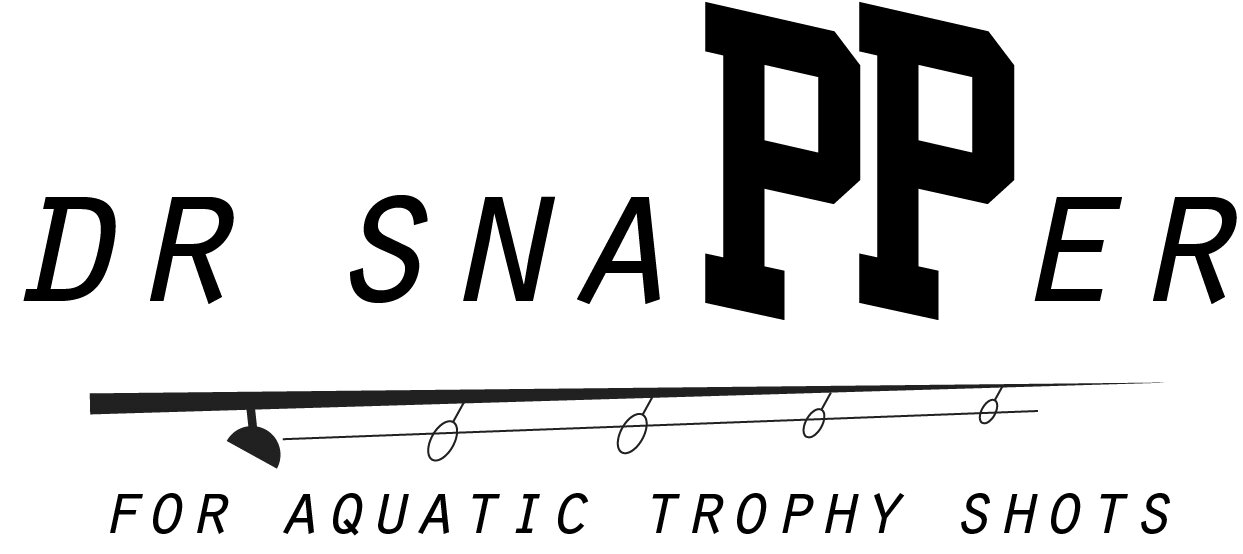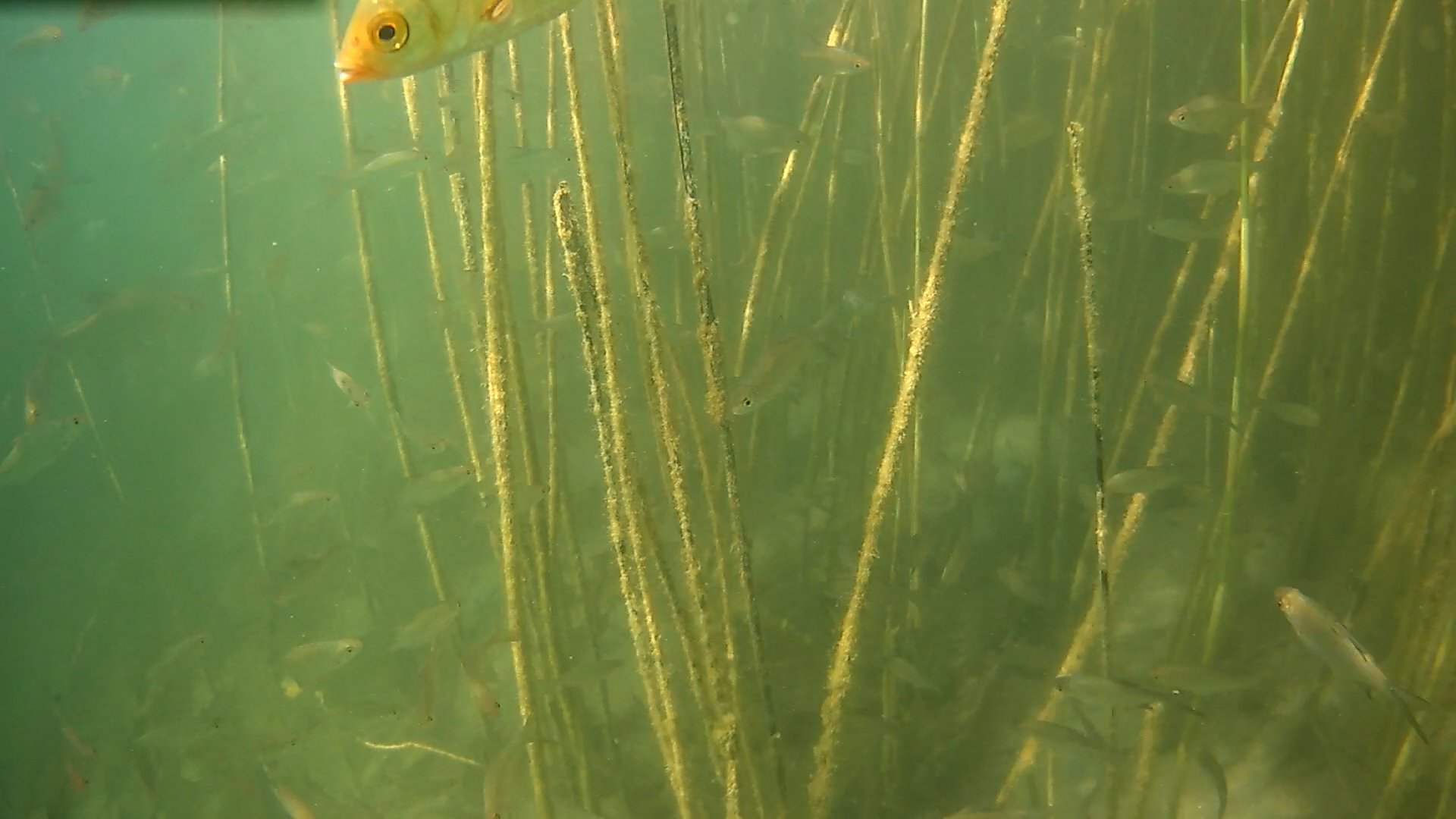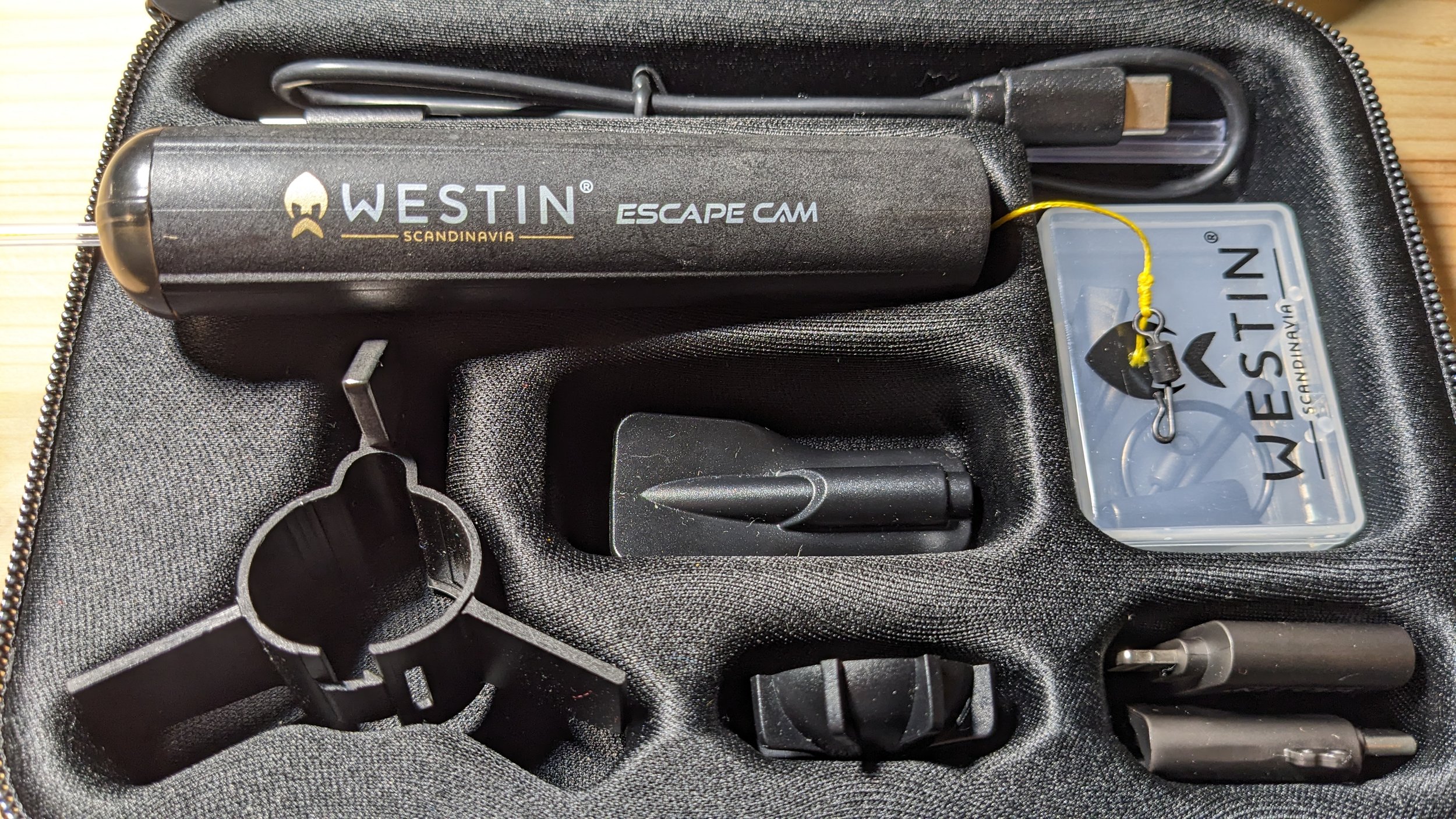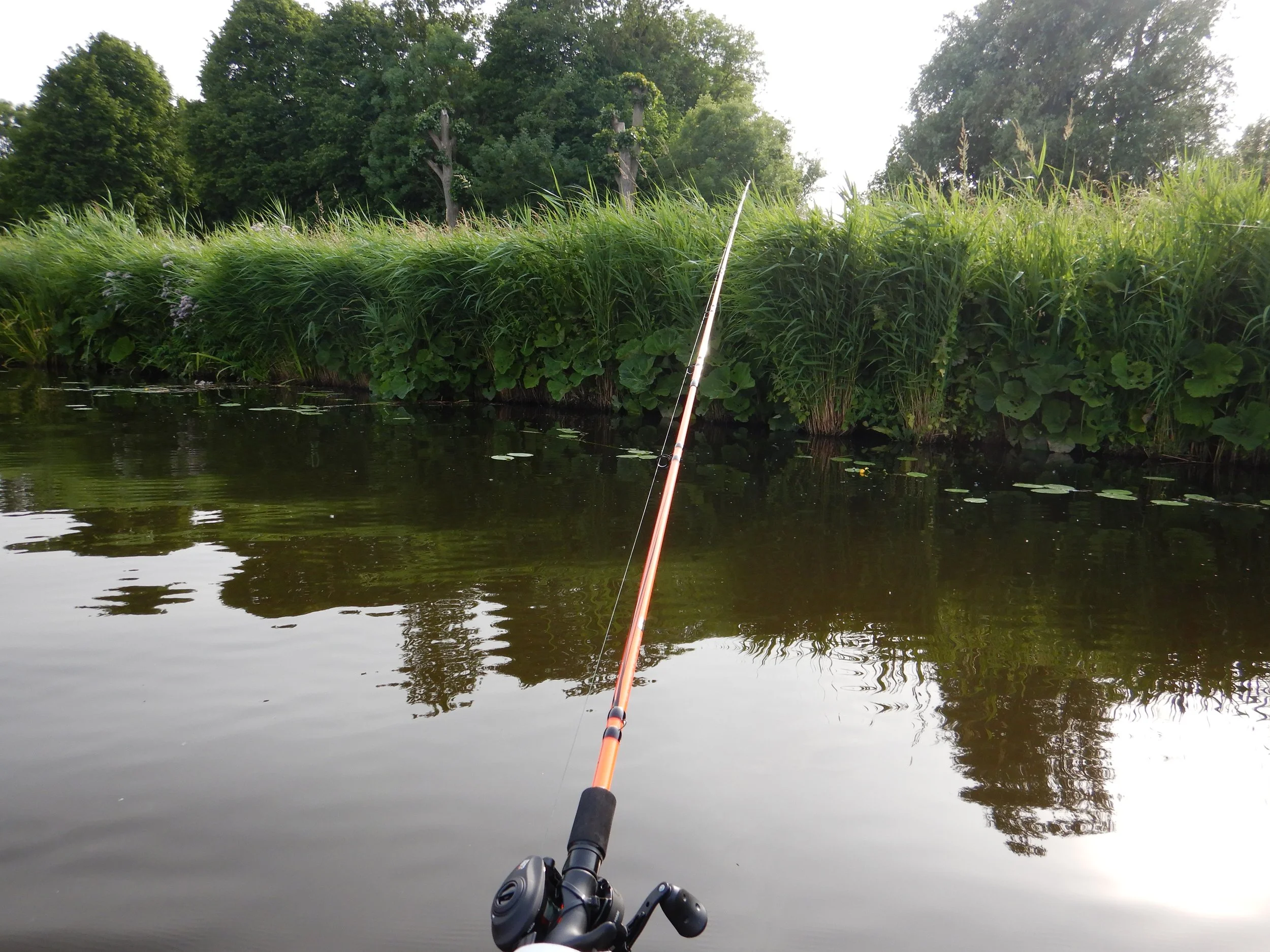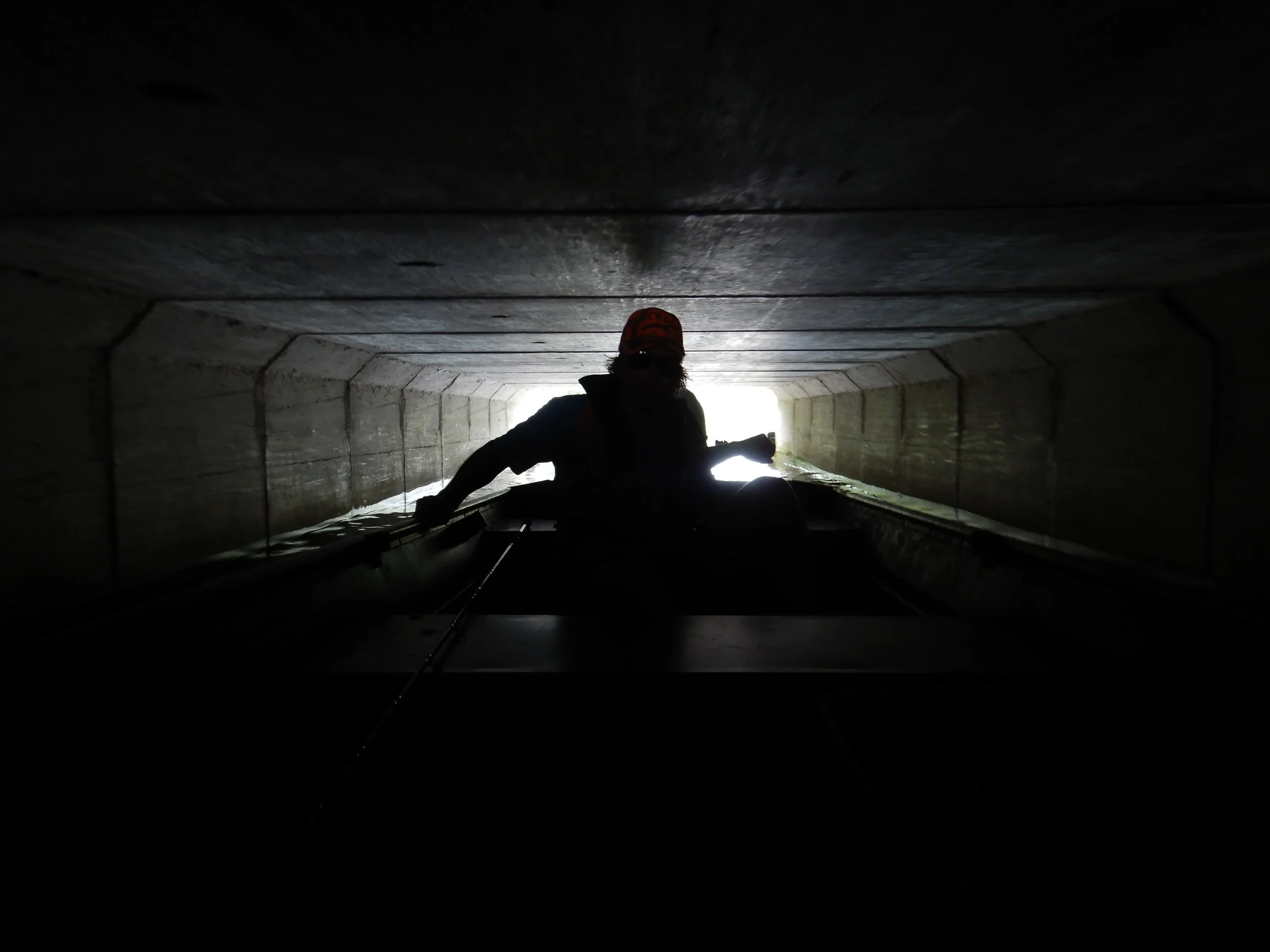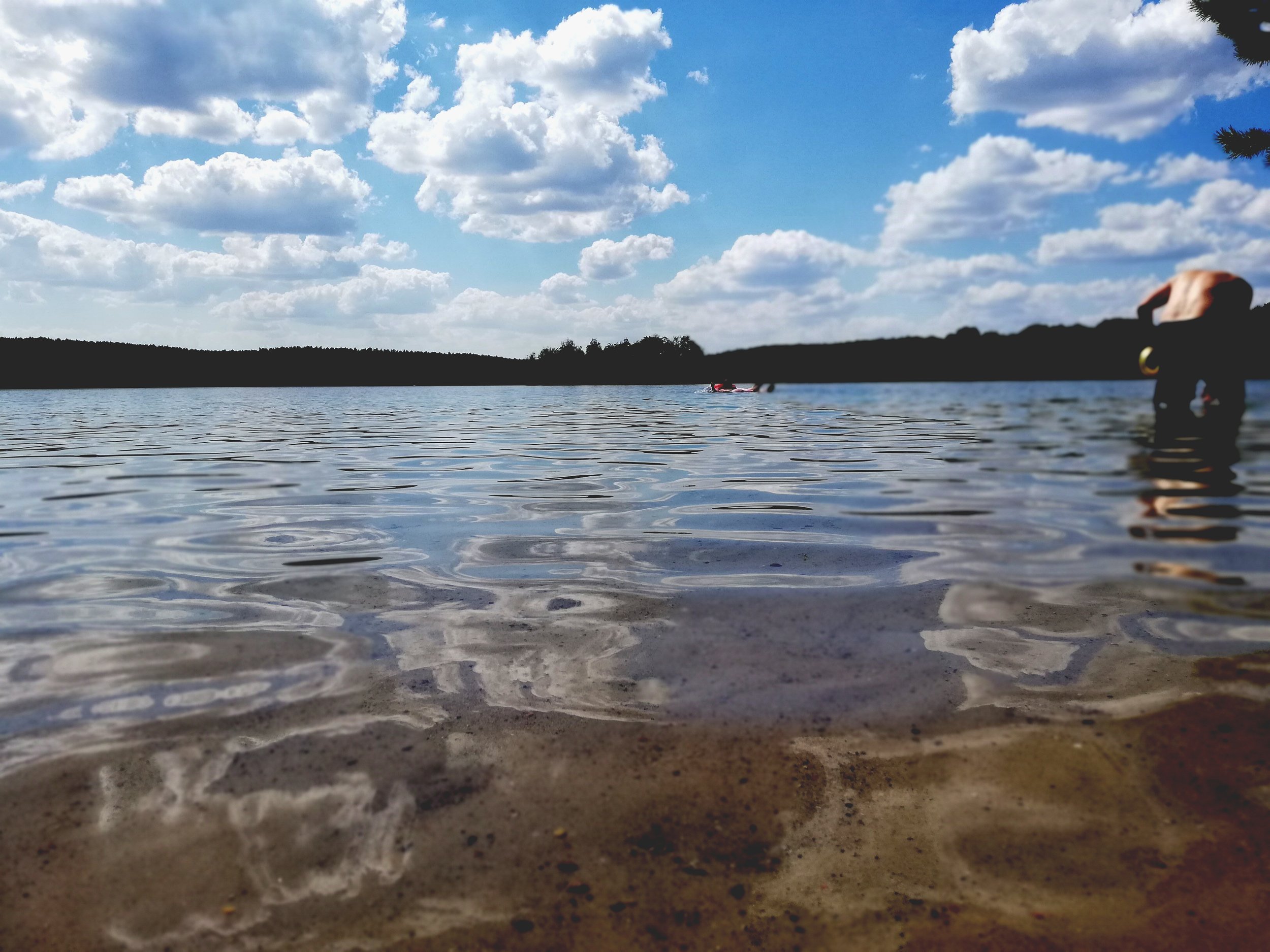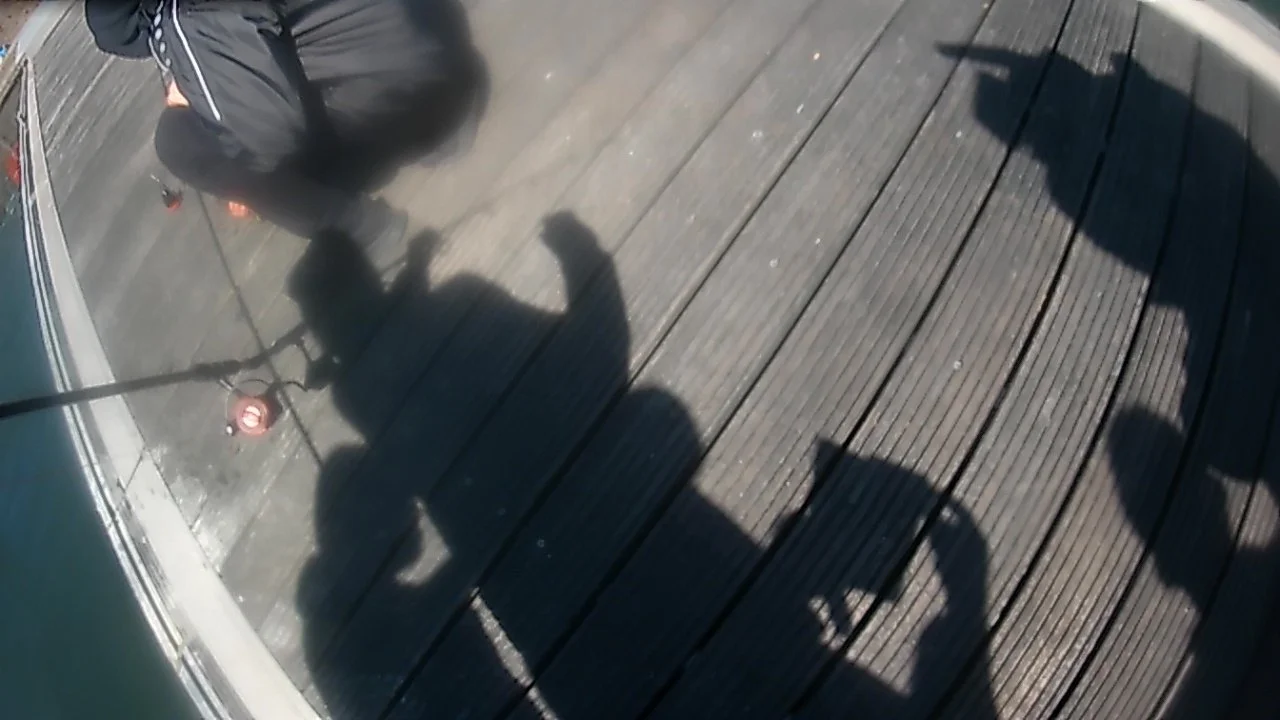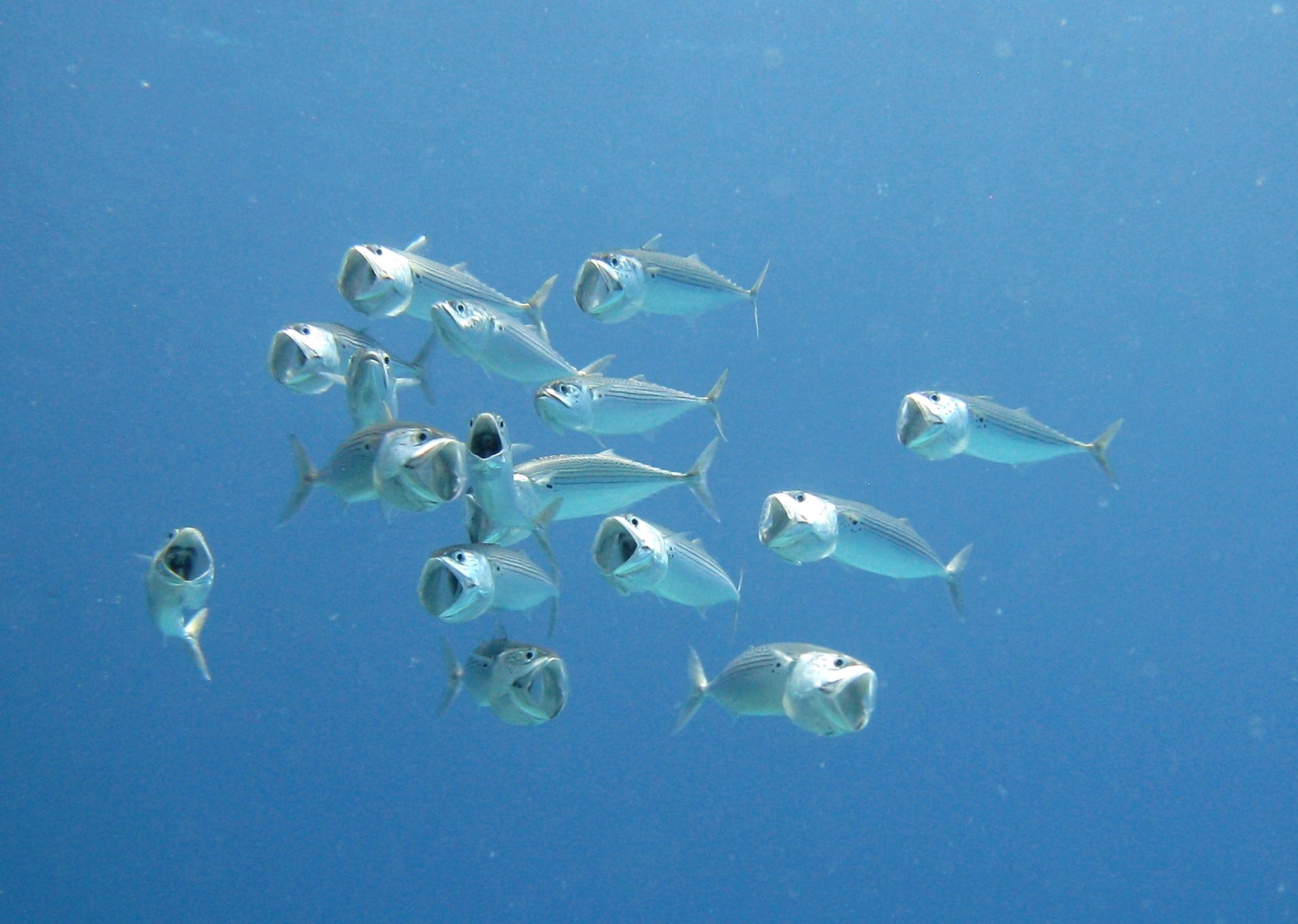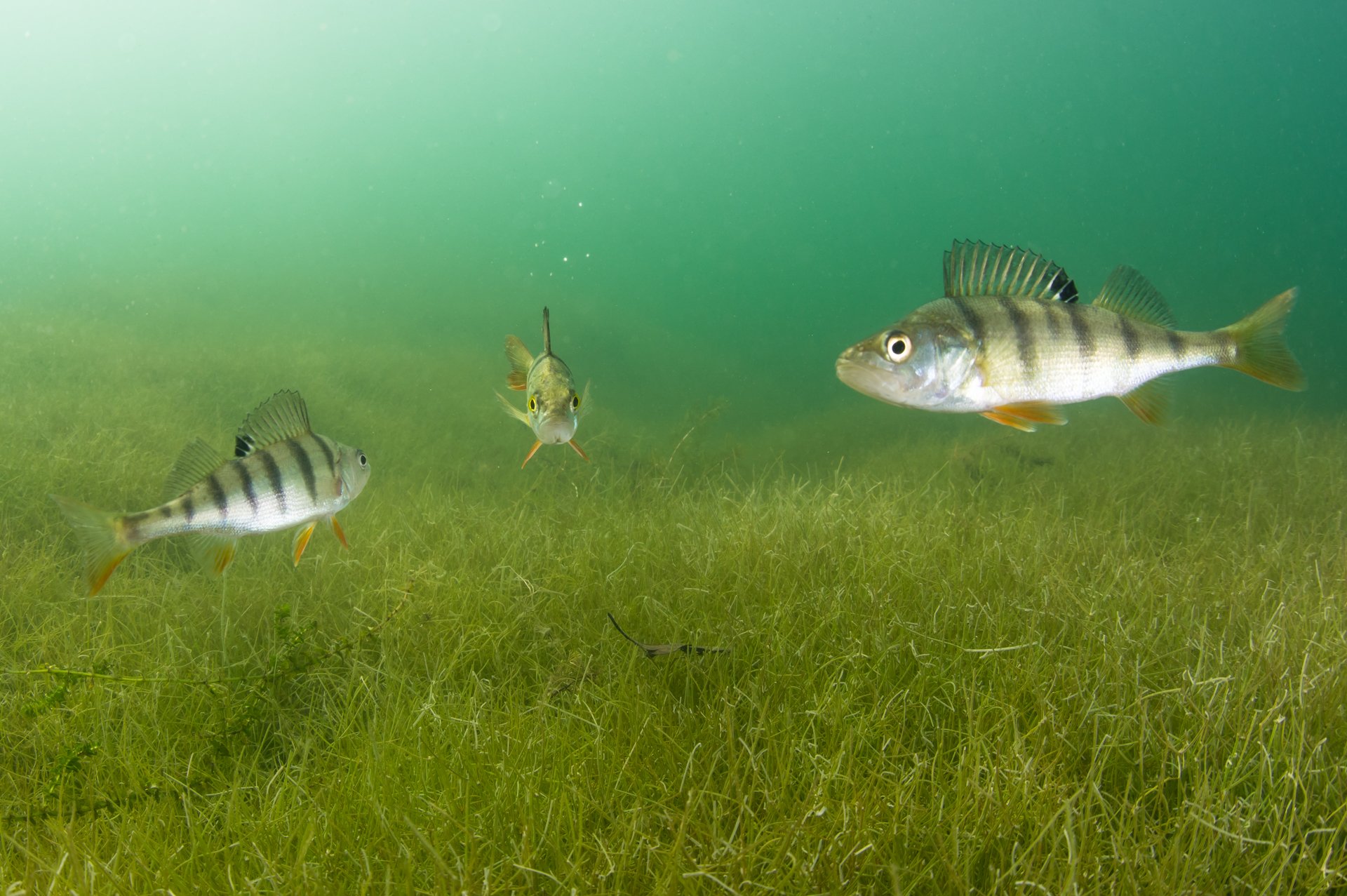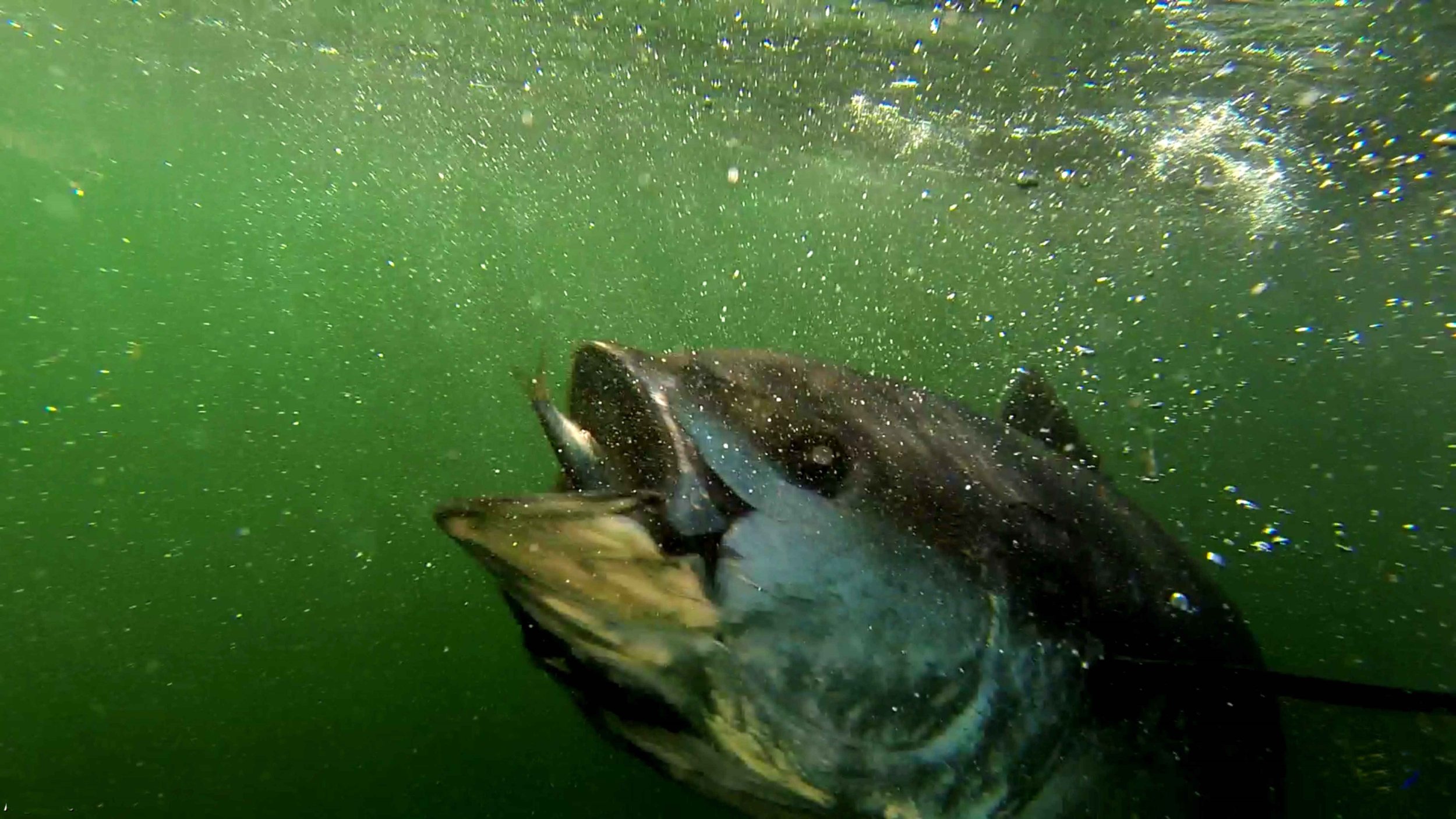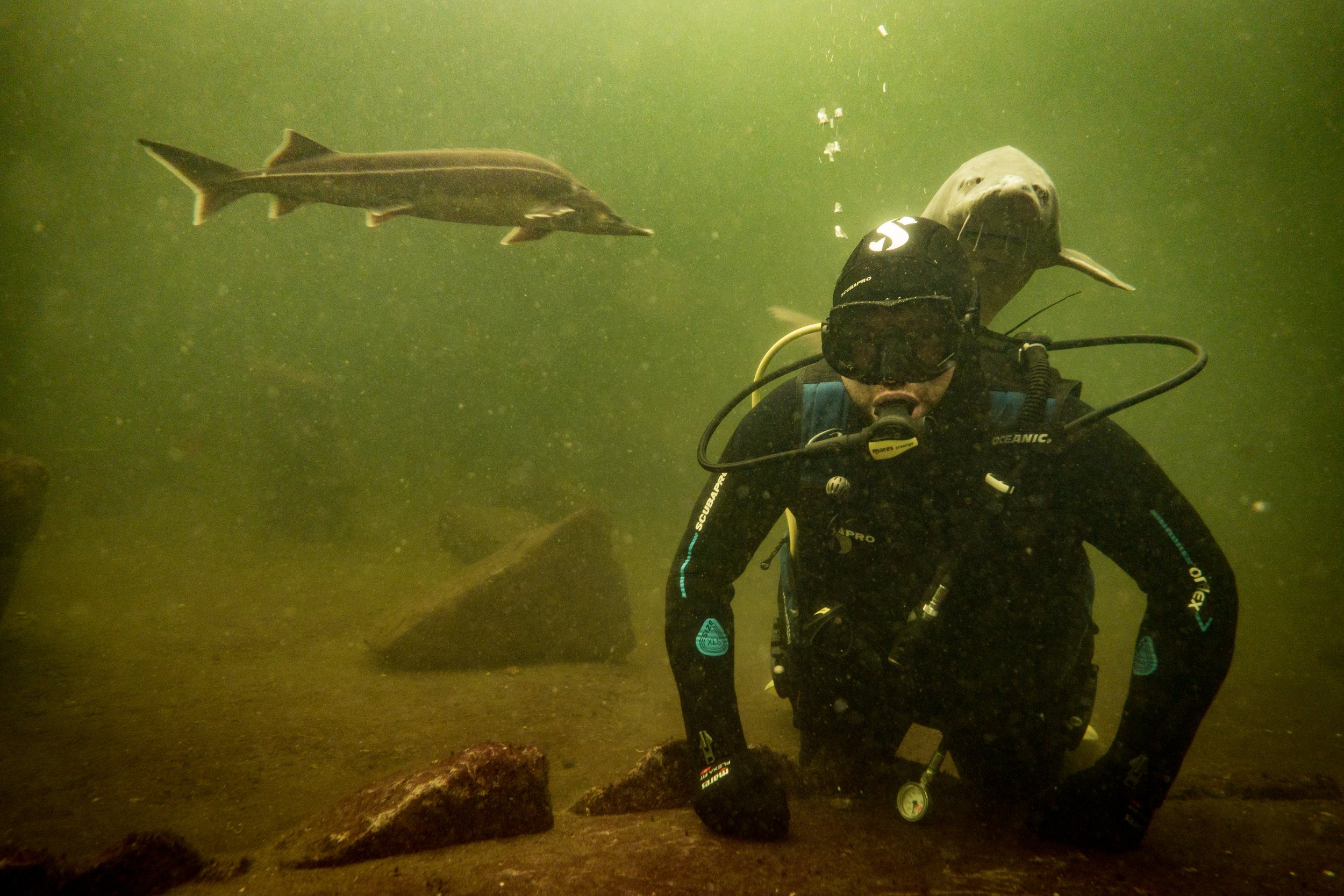The 7th sense of pike - why they like cameras sometimes more than your bait?
There are ample videos out there that show how predatory fish, especially pike, love the odd chomping on an underwater camera. How come? Why bother then about intricate designs and mimicry of natural swimming behaviours and shapes of the artificial lures, if they fall for the no frills outlines of the underwater camera casings? See below for some close up and inside views of their gill frames, some discussions about the power of vision and smell for a pike (some videos are in German). Bottom line is that pike are strong visual hunters - and one of the first things that comes into their field of view when spinning or trolling is the camera (when the fish sit in between). The blinking light of some cameras may actually not have a deterrent but attractant effect (obviously this is pure specualtion, because no one has tested this rigourously). Ideally, your bait choice, depending on the situation, can play in on visual cues, taste buds, and tactile senses. In this video a bait from icapio was used which combines stimuli for all of them. The cam was dressed with a fish-skin look alike snack attack sticker. It did work a treat and you can see the repeated interest of the pike in the camera on consecutive casts. Enjoy.
Cool youtube clips
Last year I was very fortunate to collaborate with Underwater Ireland who very successfully tested the snack attack bait camera stickers. There are many other amazing videos on this channel, and learning first hand about some props and tricks of the trade was like a backstage visit to your favourite artist’s afterparty.
(c) Underwater Ireland
(c) Undewater Ireland
Drone fishing when casting the angling cam.....
A school of garfish is waiting for a colourful bait bomb to drop…..This picture was taken at a shallow coastal reef in Northern Denmark. This particular beach features some submerged boulders that provide refuge for plenty of prey - attractive also for other trophy-sized predators such as seatrout. For garfish it is best to be there in the spring (in May, when the rapeseed is flowering). Late summer also works, then the fish are actually fatter. Important are calm conditions. If there is something that garfish do not like, then it is choppy water with poor visibility. They are visual hunters and need their eyes to seek out prey and forage upon it. Once they lay their eyes on the playful dance of a fast moving blinker, they are literally hooked and are not too bothered by the splash of an underwater angling camera hitting the surface or when a lens is pointing at them during retrieval. They go for anything that moves and provide for a great spectacle, regardless of whether they fished with or without hooks. Enjoy.
Tools of the trade - Three reasons why the Westin Escape Cam is a good one
It is great to see that another Scandinavian fishing tackle manufacturer invested into designing a new underwater angling camera - the Westin escape cam. Here are three reasons why it is a decent choice.
-
It is the smallest and lightest underwater angling camera on the market.
Weight: 40 g / 1.4 oz
Dimensions: 10.6 cm x 2 cm
Some other specs:
* Battery life 2.5 hours* Full HD 1080p 30 or 60 fps.
* Waterproof down to 200 m.
-
It is a user-friendly gadget. In fact it operates by using a single on-off button.
There are a few tricks on how to rig it up and adjust the settings.
Check out the video links on youtube.
-
The escape cam has a feature to adjust the white balance for best colour saturation depending on fishing depth.
That way it accommodates for the fact that in shallow water longer wavelengths of sunlight—such as red, orange, and yellow—are absorbed within about the first 50 meters of depth. For fishing in deeper water, the setting can be changed to green (up to 100 m) or blue water (up to 200 m).
Changing perspectives
In this video I compare perspectives during stationary fishing with a float - by having the underwater angling cam looking either down- or upwards. I am busy designing a multi-purpose float that can be used for both perspectives and across at least two different camera models - more coming soon.
Untamed off the Norwegian coast
To many adventurous and exciting captures in 2024…..
Royalty Free Music: Bensound.com/royalty-free-music
License code: FNFTCYQAZO08UFGT
Footage: SW
Holy goldy.....
This pike really had something going with the robot goldfish. I will release my goldfish now in winter more often to see if it teases a slow mover to dance like this.
Not-so crystal voyager
The season has not offered too much time on the water, but with the inauguration of a smokercraft jon boat I am itching closer to some trolling times for pike and other predators, if I manage to locate any clear-water spots in the lowlands of The Netherlands. If you know any good crystal-clear waters, drop me a comment or two. Cheers
Wrap your wolf in a fish skin
Are you keen to increase your capture rate - both on video as well as on your bait? Then drnapper’s Snack Attack Fish Skin sticker could do the trick for you and help you capture some amazing underwater trophy shots. Watch it for your self: the stickers were tested by one of the leading underwater angling cam operators and enticed some big pike in Ireland, Germany and Belgium so far. Who is next? Be quick - promo sale is on now.
Do you know any other hook-less angling techniques?
Apart from fishing with a camera for underwater trophy shots, what other ways of hook-less fishing do you know where you can still get a thrill of action? A quick google search returned hook-less fly fishing, or as I experienced myself this year, fishing for garfish by using a bit of silky thread - it works a treat apparently by snaring the sharp teeth among the fine twine. Hybrid angling worked as well: sometimes without a hook, sometimes with.
Drsnapper got lucky
Thanks a bunch to the guys @gofishcam for giving away one of their awesome cameras. I can’t wait to soak this baby in the brine and put it into action soon. Stay tuned for some trophy shots.
Hook-less holidays in the Mark Brandenburg
The heat of the summer days carries a lordly smile. Dry leaves and pointy pine needles crush as pringles under my shoes. The lake in front of me hides behind a glistening mirror of sun light, full of secret life. I fit my snorkel mask and dive in. The water is literally crystal clear. The white sand that provides an easy entry is a perfect backdrop for a tropical beach like underwater vision experience. Sun rays splinter through the surface and dance in line with reeds that waft above. The crisp cold water speaks in a Nordic tongue and licks my skin in delight. Some small European perch peek around my feet. I swim further out along the reed edge. This seems like a perfect hunting ground for a pike. A curtain of reed stems shield this year’s young brood from the unknown of the open water. I keep a look out for a slender silhouette. It is easy to picture how this skillful predator lurks in the shadows, observing, waiting for the moment to ambush an unexpecting prey.
My favourite followers
These were two of my pike followers in spring that showed some interest in and appetite for the lures (that were hookless) and/or the camera. Why do you think pike attack a camera?
Scented bait pays off.....
My new scented baits that slowly release its active, fishy flavours paid off at this slow-flowing river in the heart of West Flanders, Belgium…..must have been irresistable stuff for this fella. I used no hooks, so catch in peace only.
A new way to fish.....Belgian news media pay a visit
The Zeekerweten (Know for sure) Citizen Science festival attracted 1200 visitors to the Belgian coast last weekend who all learned how to do bio blitzes and biodiversity assessments in their backyards. It was exciting and a pleasure to host a TV news crew who were interested to document drsnapper’s new way to fish: #soul fishing #catchinpeace: with a camera only - no hooks involved. To mark the occasion, I got some special softbaits and odour bait capsules, which I will profile further soon.
Links:
VTM Nieuws 8/5 (13hrs, 19hrs) (26:15-28:00)
Citizen Science Festival is coming up in Belgium
Discover, measure and know biodiversity at the first Belgian citizen science festival by the sea
With the 'ZEEKERWETEN (Know for Sure)' Festival, our coast is getting its first citizen science festival by the sea. On Sunday 8 May, VLIZ and partners invite everyone to enjoy a rich program of outdoor activities. The aim is to teach the general public techniques to make coastal animals and plants more visible and thus to help science move forward even after that day.
Sea, beach, marsh, dune. Attractive places with surprising animals and plants. On Sunday 8 May (10 am-4 pm), the citizen science festival 'ZEEKERWETEN (Know for Sure)' offers everyone the chance to discover this special life in a surprising way. Passionate experts share the necessary tricks and tools. Techniques that everyone can use after that day as a fully-fledged citizen scientist. Both researchers affiliated with universities and scientific institutions (UGent, INBO, ILVO, VLIZ) participate, as well as employees of visitor centers and educational facilities by the sea (Duinpanne, Duinenhuis, Marine Ecological Center, Bird Shelter Centre, Horizon Educational, Zwin Nature Park).
Some activities take place throughout the day, others only at certain times. The full programme can be found at www.zeekerweten.be.
“It will be a unique open-air experience, full of action and fascinating research. There are more than thirty activities at 17 locations spread across the coast. And, together with our partners, we mobilize more than eighty experts to provide the best possible guidance to the public”, says main organizer Jan Seys (VLIZ). There is something for everyone.
A selection from the rich programme illustrates how all kinds of techniques help the citizen scientist today more than ever:
- In the visitor center Duinpanne (Adinkerke) attention is paid to the use of wildcams to detect nocturnal animals. You will learn how to purchase, set up and operate such a wildlife camera, and what you should pay attention to in order to achieve maximum results.
- In the Spuikom overflow near Ostend, Doctor Snapper shows you how to “fish” with a fishing rod with only a camera attached (and some bait without a hook). This way you don't have to hurt the fish and you still get to see the animal.
- At the Rederskaai (Zeebrugge) the focus is on seaweed and sea creatures that you will find on and around the pontoons of the marina. Two divers retrieve living material to the surface. Experts from the Strandwerkgroep, Ghent University and VLIZ help you identify.
- ObsIdentify allows you to identify up to 20,000 species of plants and animals. This app is being demonstrated in the Zwin Nature Park and is actively being used at many other stations. You will discover in the Zwin and in Duinpanne how you can blindly recognize the song of birds with another app. The reading of color rings in gulls and other birds – in order to be able to trace their life path – is also discussed.
Attention is also paid to hedgehogs, bats, the "zorro mouse", plants and creepy crawlies in the dunes, ladybugs, the Asian hornet, life in dune pools and on beaches, plankton, etc.
ZEEKERWETEN is an initiative of VLIZ, Natuurpunt, Scivil, INBO, EOS, Strandwerkgroep, Province of West Flanders, Horizon Educational, MEC, WWF-Rangersclub, VOC, Duinenhuis, UGent, ILVO and the Flemish Government. It is part of the LifeWatch Belgium project.
(This is an edited google translation of the Dutch press release).
And the winner is...........
Some really amazing shots were submitted to the aquatic trophyshot contest last year. To quote one of the three judges who independently evaluated each valid submission: “I'm impressed with lots of these pictures. It's only the beginning. There is plenty of potential to see true fish behaviour.” Well said. These underwater images provide a wealth of information - being a very non-invasive way to observe animals in their natural surrounds. Every shared image of an aquatic trophyshot can support a good cause by adding geo-tagged records to biodiversity databases and making existing ID apps more accurate by improving digital image recognition. From chase to charity. I have held talks with the pioneers behind Fishial.ai and am planning to share and upload all submitted images to this global database. “Fishial.ai is building the largest open-source fish species photo library labeled for AI machine learning and spearheads the development of a highly accurate open-source AI model that can identify fish species world wide!” Adding the aquatic trophyshots from this contest to this database is going to be a neat project for a student or an intern. Additional information was collected from each submission which will be interesting to analyse as well. If you are interested or know someone, please message dr snapper.
The short bliss of camera angling....on a clear day
It is always a surprise to inspect the catch of the day behind the PC when reviewing the footage. And it is fun to actually discover that there was more life than what the nibble count suggested. Hopefully, one day mobile capacity will allow automatic scene detection and already highlight the trophy shots without hours of tedious, square-eyed review, preferably with ID suggestions and reporting all ancillary sensor data in a common data standard - these are a couple of (simple) prerequisistes for making camera angling more user friendly and allow for both opportunistic as well as statistically sound data collection.
Strike by a pike: animated goldfish meets lil croc
A hungry croc swallowed the animated goldfish lure within seconds….
